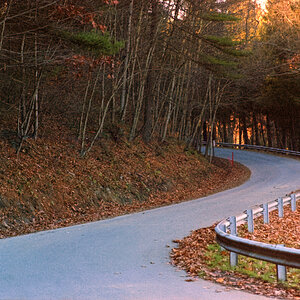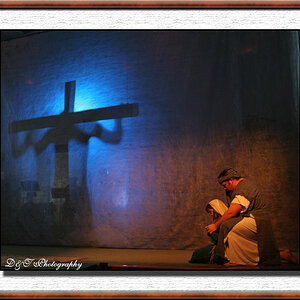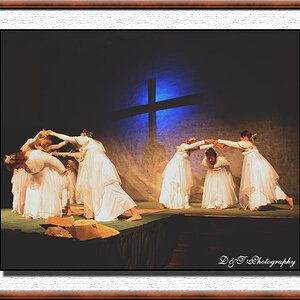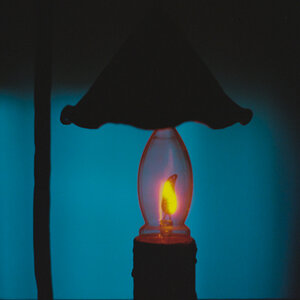- Joined
- Mar 29, 2016
- Messages
- 14,880
- Reaction score
- 8,325
- Can others edit my Photos
- Photos NOT OK to edit
Reading Jeff Smith's "Guide to Head and Shoulders Portrait Photography". He talks about the output of the background light being a function the the main and the fill. That adjusting the background equal to the main and fill will render the background as the eye would see it under normal light. However he doesn't tell how to calculate the total output. Maybe I'm over thinking it and it's just a matter of a meter reading firing both strobes, or is there another way to combine the output of both?


![[No title]](/data/xfmg/thumbnail/32/32172-e383665a8becbae2d9a6b61359dae22e.jpg?1619735234)




![[No title]](/data/xfmg/thumbnail/42/42351-b976e32171d0405397bf5237bc4b902e.jpg?1619740148)

![[No title]](/data/xfmg/thumbnail/32/32170-3fce4409fbea1f5e9818209c7e87c1ea.jpg?1619735234)
![[No title]](/data/xfmg/thumbnail/42/42253-fef7e43227f484b1a95dd6d85c03bd40.jpg?1619740063)


![[No title]](/data/xfmg/thumbnail/32/32929-22e23acc63d6ecb25e5ee941be87121f.jpg?1619735758)